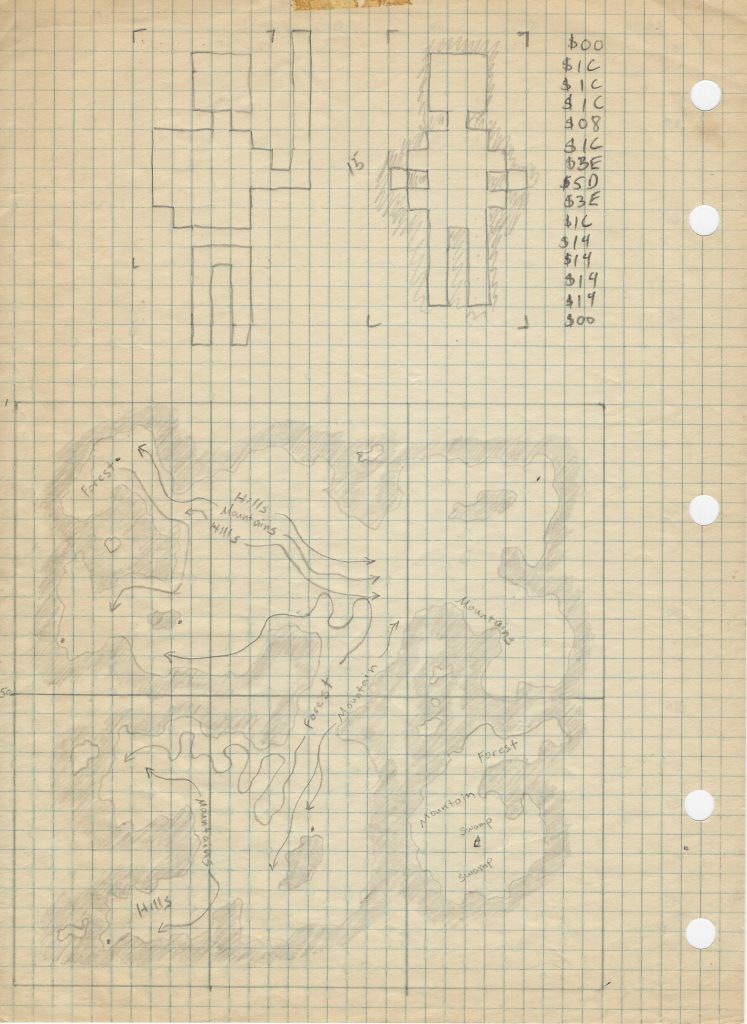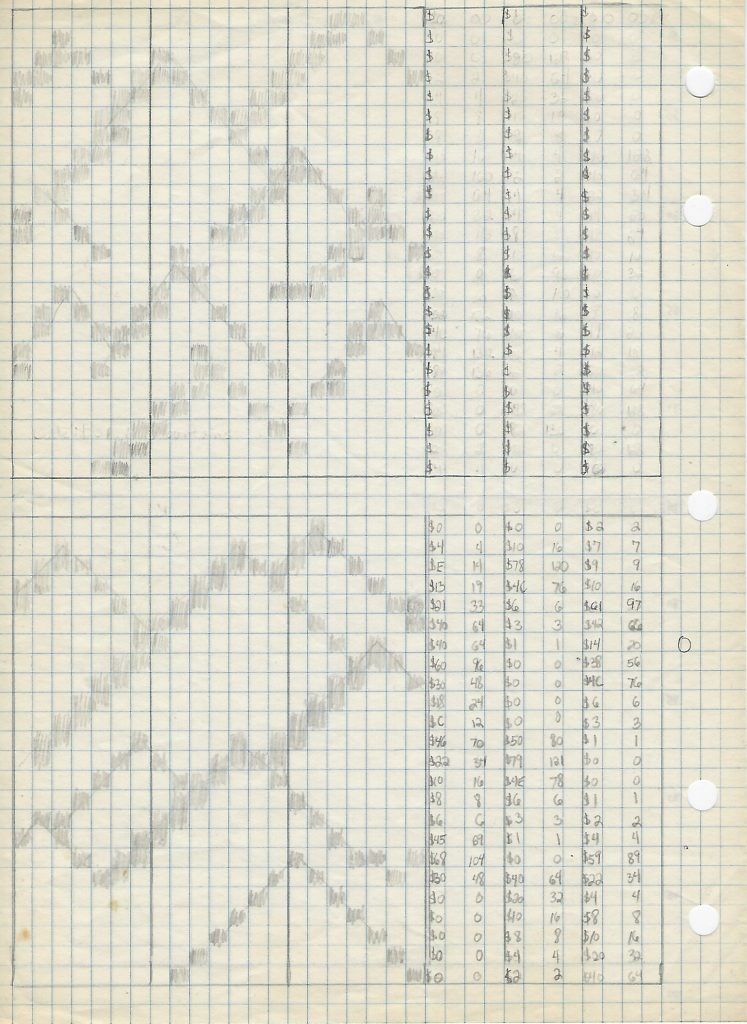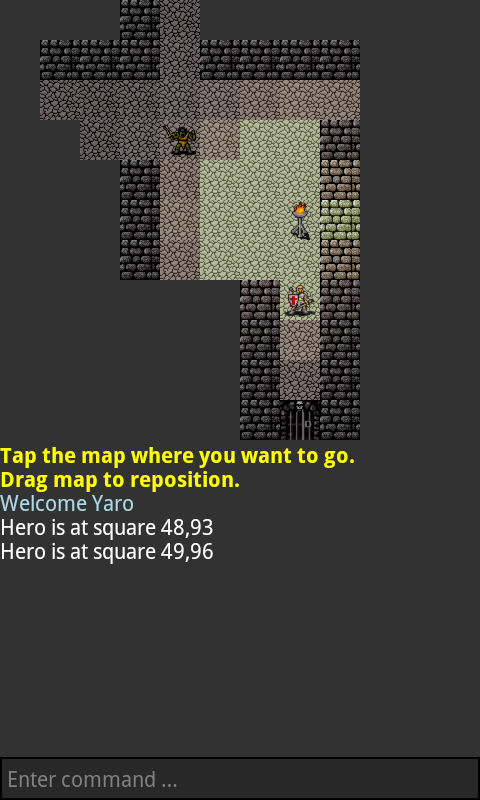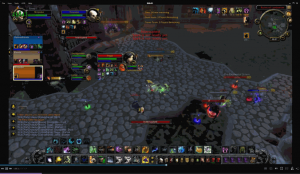Back when I started this blog, I mentioned how in high school I wrote a simple 2D RPG on the Apple ][+. The story is naturally a little more complicated. At the time I only knew how to program in BASIC. This, however, was much too slow for rendering graphics. So I convinced my parents to drive me all over town looking for a bookstore that sold a book describing how to write code in Apple assembly. At the time, books like this were extremely difficult to come by.
I eventually got the book and proceeded to teach myself how to program in assembly. The Apple ][+ processor didn’t have a multiplication operation, but the book offered a handy subroutine that enabled this through a series of bit-shift operations. I also recall finding a piece of software (no idea where) that enabled writing assembly by entering the operator codes, as opposed to having to do it with hex. Lastly, I figured out how to call assembly routines from BASIC so that I could write the game logic using a simple language while delegating just the graphics operations to assembly.
The assembly routine was past a set of coordinates and then proceeded to move the appropriate 2D images directly to the graphics memory. On the Apple ][+ there was a range of memory somewhere in the 48 Kb that was used to put pixels on the monitor. To complicate matters, the lines on the monitor were interleaved, ostensibly to make rendering more fluid. In any event, using the multiplication routine above, I figure out how to do it.
The happy news is that it worked! I even enabled a version of sprites so that water and humanoids looked like they were moving. I had mountains, trees, cities and oceans. Using the keyboard, characters were able to move up, down, left or right. Naturally, there were encounters with monsters. The battles were turn-based and took place in text. In the end, I had a simple game which vaguely resembled my beloved Ultima.
The sad news is that, with the passage of time, the magnetic materials on my cheap floppies degraded and the game was lost. To my regret, I never saved a printout of the code. That would have been cool to look at today. The only thing left is, regrettably, my memory.
With one exception! Recently my best friend from high school sent me my old Red Box with some D&D papers in it. I have no idea why he had this box, or why he kept it, but I was pretty delighted to see it. In there, I found a single sheet of paper from the game (inset).
As you can see, these are mountains. The 2D images where 3 bytes across (I can’t recall why they’re 7 bits, but I’m sure there was a good reason) and 34 rows, making the final image 21 by 34 pixels. My guess is that these dimensions were even multiples of the screen size. Anyway, while it’s difficult to tell, on the sheet I’m converting the pixels into hex which I then convert into decimal. I don’t recall why I wanted decimal.

Perhaps one day I’ll find a printout or more worksheets. I know that I had copious amounts of both, but they’re probably lost forever. Until then, however, I’ll have to be satisfied with this.
2021-11-27 update: Another page has been found! This one was in the same old Red Box but I didn’t notice it at first. It would appear to be a bitmap for the player’s character, translated into hex, with an idea for the world below.





![Apple ][+ Assembly](https://mortalwayfare.com/wp-content/uploads/2016/08/apple-assembly-300x206.png)
